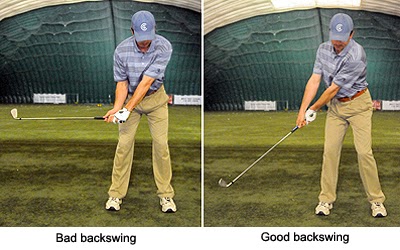Body mindfulness is one of the forty Buddhist meditations.
It is a meditation designed both for investigation of the body and its nature,
as well as being a basis for concentration building. This meditation is
excellent for people who have an anatomical, medical or health interest in the
body––familiarity with the body helps in building concentration.
On the other hand, it's often hardest for people who are the
most sensitive towards the body, either in regards to its appearance, or because
they are uneasy with the body's biological processes. In spite of this dislike,
it's recommended that such persons try this style of meditation because they're
likely to get the greatest rewards from it. Of course, starting gently and
building up experience will help ease newcomers into it. Here's how to start
the meditation and develop it further.
Method 1 of 3: Preparation
1.Select a quiet, comfortable place to meditate. Choose an
appropriate time when you feel able to meditate, free from distractions. Select
a posture comfortable for you––for this meditation, all postures are suitable.
(The How to do mindful meditation page describes the four main postures in a
little more detail to help you choose one that is practical for you.) Ensure
your head and torso are positioned to allow for ease of breathing and
awareness. Having a stiff posture will cause discomfort and a too-soft posture
will encourage sleepiness.
2.Relax any tension. Spend a few moments developing awareness
of what you are doing, such as sitting, breathing and relaxing. Spending a few
minutes this way allows the mind to build more focus and awareness as it
examines the body for tension. Allowing the body to relax also lets your mind
become calm and quietened.
- Give yourself a few minutes for this to occur and let go of distractions, agendas and other subjects of thought.






